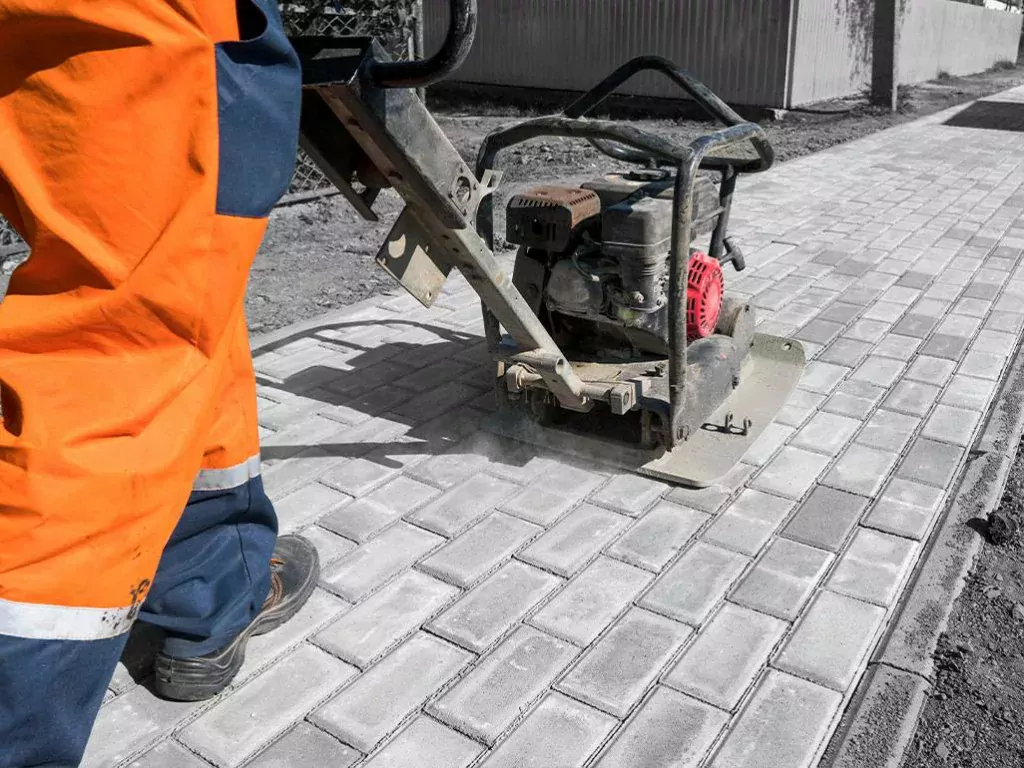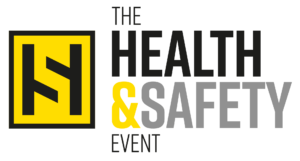Around 2.1 million workers in the UK are at risk of Hand Arm Vibration Syndrome (HAVS) every single day. As many as 300,000 people are currently suffering from advanced stages of HAVS or WBV – Whole Body Vibration.
HAVS, which is also commonly known as vibration white finger, is incurable but entirely preventable. A serious concern for employees and employers alike, prolonged exposure to vibrating hand-held tools are typically the cause. There are a lot of misconceptions around the circumstances surrounding and prevention of HAVS, so let’s address some common worksite myths…
1. Monitoring vibration will reduce workforce productivity
Quite the opposite; proactively monitoring an individual’s vibration exposure can increase productivity. This will especially be the case if you are replacing a paper-based manual process, with a digitally monitored solution.
Knowing everybody’s exposure you can put specific people on specific jobs, ensuring everyone is kept safe and the work is being done as efficiently as possible.
In the long-term, not only could the development of HAVS in one or more of your team cost you an expensive litigation claim, but it also rules out those people from safely working with vibrating tools ever again.
2. You should quickly replace tools with higher vibration levels
It sounds like a sensible decision, doesn’t it? But, before spending a considerable sum of money replacing your kit, there are a few things to consider:
- How often is the tool used, and for how long? It’s prolonged use over time that causes the most harm, not an intense burst
- Is a replacement going to provide a measurable improvement in real-world use? Official manufacturers ratings are conducted in sterile conditions, not on your site with numerous variables, such as the weather and operator training standards
- Is there an alternative method for getting the job done efficiently with less vibration?
3. We have tool timers, so I have nothing to worry about
Not all vibration monitoring solutions are equal! Some, such as tool times, do exactly that; acting as a stopwatch when the tool is in use.
The issue here is that even HSE, (vibration magnitudes measured by HSE on tools in real work and printed in the HSE guidance book Hand-arm Vibration) warns that 10 minutes on a pneumatic hammer (10 to 29m/s2) could give anything from 33 to 281 HSE points.
This huge disparity leaves a big margin of error, which would significantly increase the chance and risk of accidental over-exposure.
4. Buying tools with lower vibration will prevent Hand Arm Vibration Syndrome
As we’ve already touched on, while the level of vibration is important, it’s the time spent using the tool that can cause significant problems. Prolonged use of any vibrating tool without proper management can lead to HAVS.
It’s also important to remember that the condition of any tool in regular use will deteriorate over time. A well-maintained jackhammer with an originally high manufacturer rating could perform better than a poorly maintained tool with years of misuse.
5. Paper-based monitoring provides everything we need
Whilst its better than not recording data at all, paper-based records are flawed for several reasons:
- They’re open to manipulation; people can write down whatever they want to suit their working day & week
- They rely on the user to remember to record data in the first place
- They are easily lost or damaged
- It is difficult to analyse the data in any meaningful way
- They can only record time on a tool, not real-world vibration exposure
A digital monitoring system removes any guesswork, manipulation, and human error. You have a secure, digital, backed-up up cloud-based database. Accurately recording vibration exposure levels, providing alerts when limits are near to being reached and producing effective and manageable data is far more in the fight against HAVS.
6. I’ve worked on the tools for 20 years, it won’t happen to me
“Success breeds complacency. Complacency breeds failure. Only the paranoid survive.” Ex-Intel CEO Andy Grove famously said. But whilst Mr Grove was hugely successful in helping the Californian based company make computer processors, those words translate across nearly all industries and professions.
Just because Hand Arm Vibration Syndrome (HAVS) hasn’t happened yet, it doesn’t mean you’re exempt; nobody is. HAVS is a medically proven condition and one of the most common injuries in construction. If anything, years of complacency will have put you at higher risk right now.
7. If people don’t exceed their daily ELV they’ll be fine
For absolute clarity, first let’s define ELV (and EAV, for that matter)
- ELV (exposure limit value) is the maximum amount of vibration any employee may be exposed to on any single day. This is the absolute limit, as set by HSE at 400 points or 5M/S2. It represents a high risk above which employees should not be exposed.
- EAV stands for exposure action value. It is the daily amount of vibration exposure above which employers are required to take action to control exposure. The limit is set by HSE at 100 points or 2.5M/S2. EAV represents a clear risk requiring management.
Encouraging your employees to reach this level each day, however, is often ineffective when those employees or individuals have already been noted as at risk of developing HAVS. In those circumstances, a continuous exposure reduction plan should be implemented, and a tailored and individual ELV set.
Consider also, that in some cases, individual operators may have lower values according to their health factors or Occupational Health Guidance. Some companies choose to operate at lower limits, levels below the HSE Regulations.
8. Measuring vibration is a placebo
This is a half-truth; It shouldn’t be, but it can. Simply measuring vibration isn’t enough. You need to act and act swiftly on the data you are recording. An annual tool risk assessment in isolation could lead to complacency, with the operator confident in the equipment’s vibration level, but with no idea of its maintenance and storage.
Proactive, instant warning flags are necessary to truly protect you and your workforce, something that not all measurement methods do. Rather than guesswork and hope, you must take assumptions out of the equation to keep people safe.
9. Continually monitoring will protect EVERYBODY
There is no legal requirement for continual monitoring and recording of vibration exposure, so monitoring alone won’t protect your employees from the risks of HAVS. It’s only when the risk is managed that an individual is shielded from the syndrome. The best way to manage this risk is with a risk assessment, to understand what an employee’s exposure is likely to be. Appropriate action should then be taken to reduce the exposure and risks.
10. Real-time, on-tool personal monitoring is unrealistic
It’s not, it’s EXACTLY what we do.
It can be difficult, time-consuming, and complicated to monitor vibration levels, but HAVSPRO provides a simple, accurate and cost-effective solution that keeps your operatives safe. It offers accurate guidance for risk assessments and training purposes and provides robust defence should your business face litigation.
Don’t be reactive, be PROACTIVE. Let’s make HAVS and WBV a thing of the past. No more poor health, no more expensive claims, no more worry. Protect your people and your business with one of the world’s most advanced personal vibration measurement, monitoring and reporting systems.
To discover how HAVSPRO can help you, get in touch.


